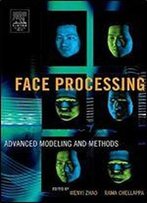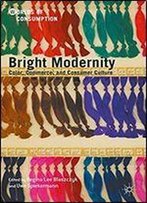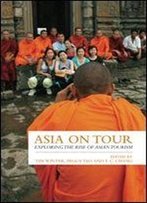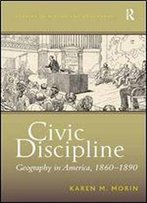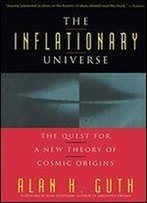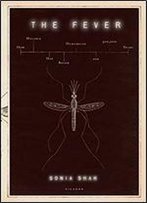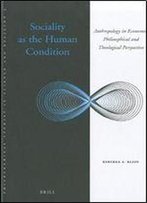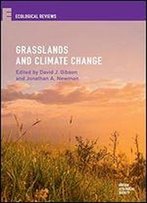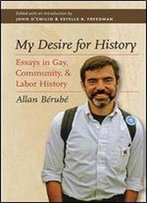
Trends And Traditions In Southeastern Zooarchaeology
by Aaron Deter-Wolf /
2014 / English / PDF
11 MB Download
“A much-needed presentation of the potential contribution of zooarchaeological studies to our overall understanding of both historic and prehistoric cultures in the southeastern United States. No other volume has brought together such a diverse set of faunal studies from the region.”—Erin Kennedy Thornton, University of Florida “Provides an update of recent issues in southeastern faunal studies and a showcase of established and emerging practitioners within the field. Embedded within a long and respected tradition of regional scholarship, this significant volume forges a path forward by offering new insight into a variety of themes within prehistoric and historic archaeology that spans environmental, economic, and social topics especially salient to modern archaeology.”—Amber VanDerwarker, author of Farming, Hunting, and Fishing in the Olmec World While most works of southeastern archaeology focus on stone artifacts or ceramics, Trends and Traditions in Southeastern Zooarchaeology calls attention to the diversity of information that faunal remains can reveal about rituals, ideologies, socio-economic organization, trade, and past environments. These essays, by leading practitioners in this developing field, highlight the differences between the archaeological focus on animals as the food source of their time and the belief among zooarchaeologists that animals represent a far more complex ecology. With broad methodological and interpretive analysis of sites throughout the region, the essays range in topic from the enduring symbolism of shells for more than 5,000 years to the domesticated dog cemeteries of Spirit Hill in Jackson County, Alabama, and to the subsistence strategies of Confederate soldiers at the Florence Stockade in South Carolina. Ultimately challenging traditional concepts of the roles animals have played in the social and economic development of southeastern cultures, this book is a groundbreaking and seminal archaeological study.
